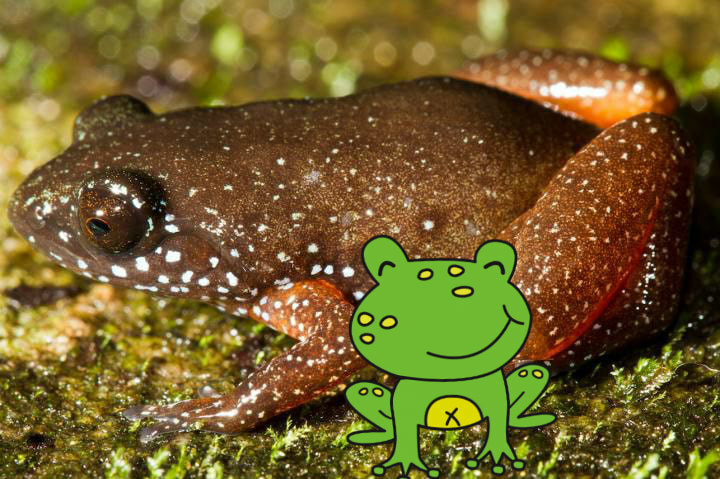India is a fascinating country but the Western Ghats region is particularly so. The Western Ghats mountain range is older than the Himalayas and represents "geomorphic features of immense importance with unique biophysical and ecological processes. The area's high montane forest ecosystem influences the Indian monsoon weather pattern. The forests of the site include some of the best representatives of non-equatorial tropical evergreen forests anywhere and are home to at least 325 globally threatened flora, fauna, bird, amphibian, reptile and fish species. "The Western Ghats is internationally recognized as a region of immense global importance for the conservation of biological diversity, besides containing areas of high geological, cultural and aesthetic values." And the Western Ghats is a region with an important evolutionary history. India was once part of Africa; it split from Madagascar around 89 million years ago and, before it ultimately collided with mainland Asia, spent many years as an island. During this period of isolation, new life forms evolved, particularly within the Western Ghats.
Sahyadri is another name for the Western Ghats and means Benevolent Mountains. The area is one of the world's ten "Hottest biodiversity hotspots" and has over 7,402 species of flowering plants, 1,814 species of non-flowering plants, 139 mammal species, 508 bird species, 179 amphibian species, 6,000 insects species, and 290 freshwater fish species; it is likely that many undiscovered species live in the Western Ghats. Which brings me to the main topic of today's blog; the recent discovery of a tiny amphibian known as the Starry Dwarf Frog. This little fellow is considered to be a bit of an oddball. Why? Researchers reveal not only that the frog is a new species, but also that it is the sole extant member of an ancient lineage. It has no close sister species for, perhaps, tens of millions of years!
"While exploring an isolated hill range one night, a research team spotted a tiny frog, no bigger than a human thumbnail, scurrying about in dead leaves on the ground. It had an orange belly and bluish dots speckling its brown back—like stars lighting up a dark sky." The team dubbed the critter Astrobatrachus kurichiyana; “astrobatrachus” means “star frog” in Greek and Kurichiyarmala is the area where the species was found. And thus the English name of Starry Dwarf Frog came to be.
It's no wonder that the tiny frog was undiscovered for so long. Not only is he extremely small, measuring only 2 cm in length (about 3/4 of an inch) but he is also shy, hopping into leaf litter to avoid being seen. The discovery of a new species of any creature is always exciting, but finding this one signals that there could be many other undiscovered flora and fauna yet to find in this area that flourishes with diversity.
The "Western Ghats is home to a number of different ecosystems, such as evergreen forests, grasslands, swamps, (my favorite!) and wildflower meadows. Today, the region is home to one-third of India’s plants, around half of its reptiles, and more than three-fourths of its amphibians. Some of these species are not found anywhere else in the world."
Fascinating stuff! It is my hope that you enjoyed not only learning about the vast biodiversity in Western Ghats, India but that you also are excited to learn about one of my newest family members......very distantly related, of course!
I have another special blog prepared for tomorrow and so please come back. Until then, I wish you all PEACE,
https://en.wikipedia.org/wiki/Western_Ghats
https://www.smithsonianmag.com/smart-news/oddball-frog-species-lone-member-ancient-lineage-180971698

 RSS Feed
RSS Feed